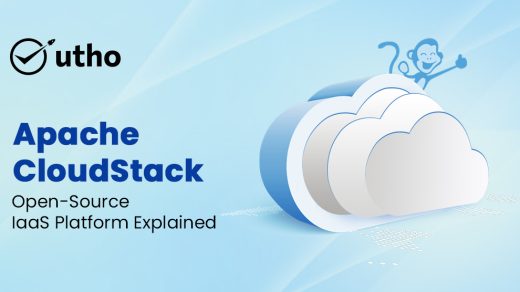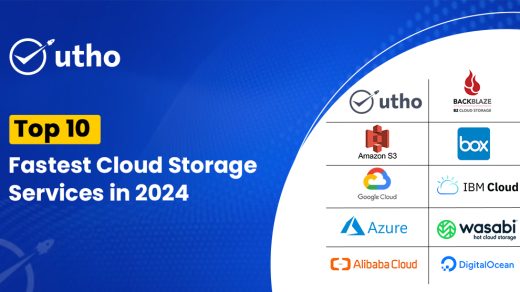You've probably heard the buzz about edge computing lately, but what is it, and how does it differ from traditional cloud computing? In this article, we'll explain edge computing in plain language, and give you some examples of how it's used.
What is Edge Computing?
Edge computing is all about processing data as close to the source of that data as possible. Normally, data is sent to a central data center for processing and analysis, but with edge computing, that processing happens at or near the device or sensor that generated the data in the first place.
Why is Edge Computing Important?
There are a few reasons why edge computing is becoming more popular these days. First, it can help reduce the delay between when data is generated and when it's processed. This is really important for things like self-driving cars, where split-second decisions can make a big difference.
Second, edge computing can help save bandwidth, which is really helpful when you're dealing with expensive or limited connections, like in remote locations or on mobile devices.
Finally, edge computing can help keep sensitive data more secure, since it's not all sent to a central location where it could be at risk of being hacked.
Examples of Edge Computing
Here are a few examples of how edge computing can be used in different industries:
Healthcare: Real-time processing of patient data could help doctors and nurses make better decisions about patient care.
Transportation: Data from sensors on self-driving cars could be processed at the edge to help avoid accidents.
Retail: In-store sensors could be used to process data on inventory and store layout.
Microhost and Edge Computing
If you're interested in exploring edge computing for your business, Microhost can help. We're experts in cloud computing, including edge computing, and we can help you take advantage of this exciting technology. To learn more, visit us at https://utho.com/.



